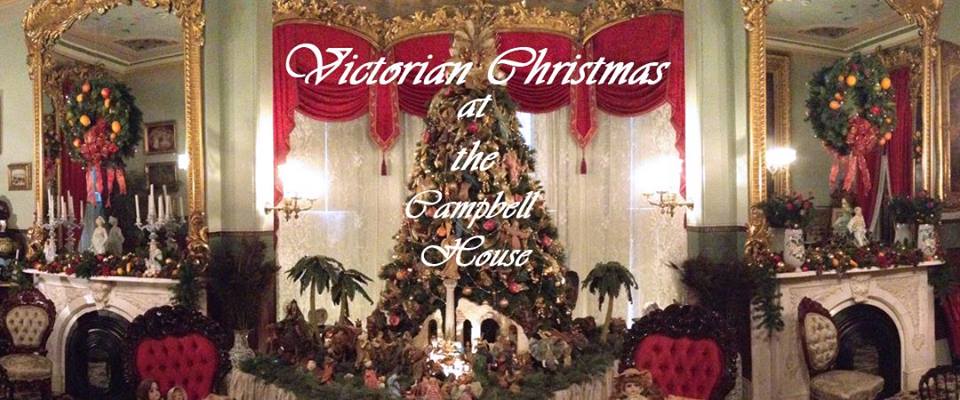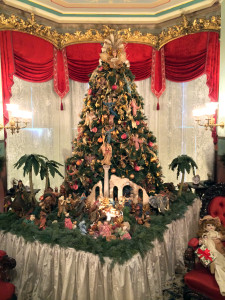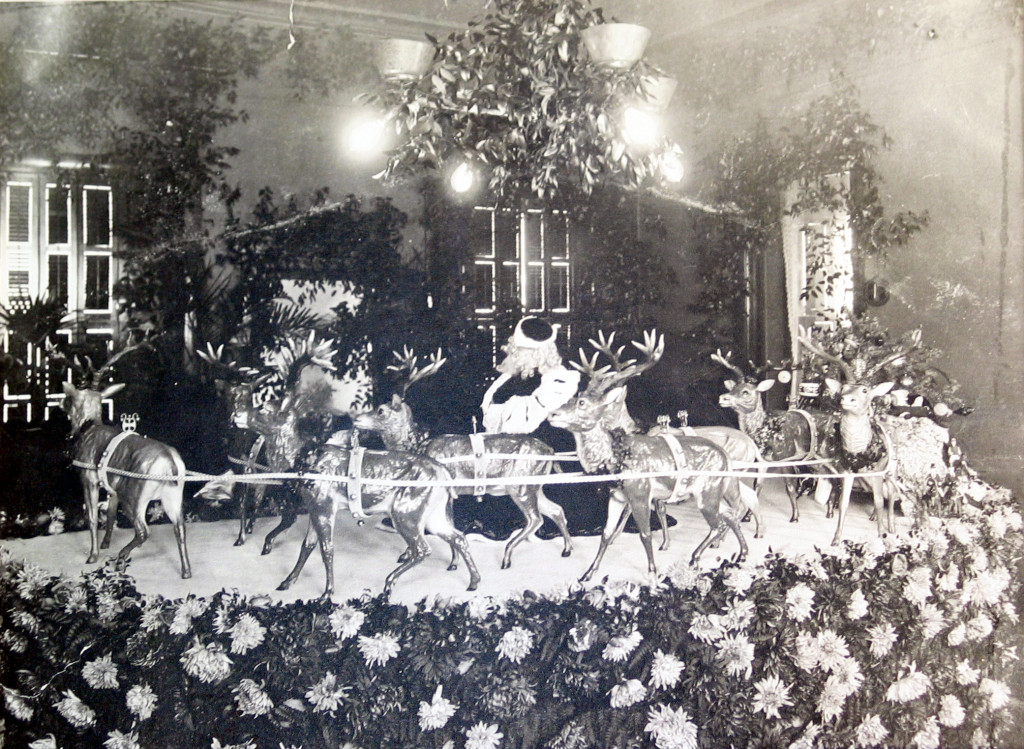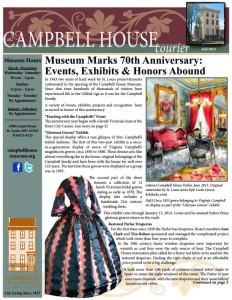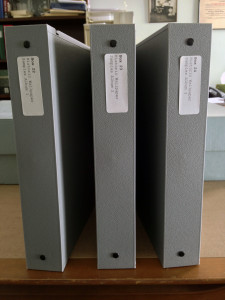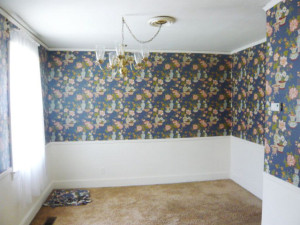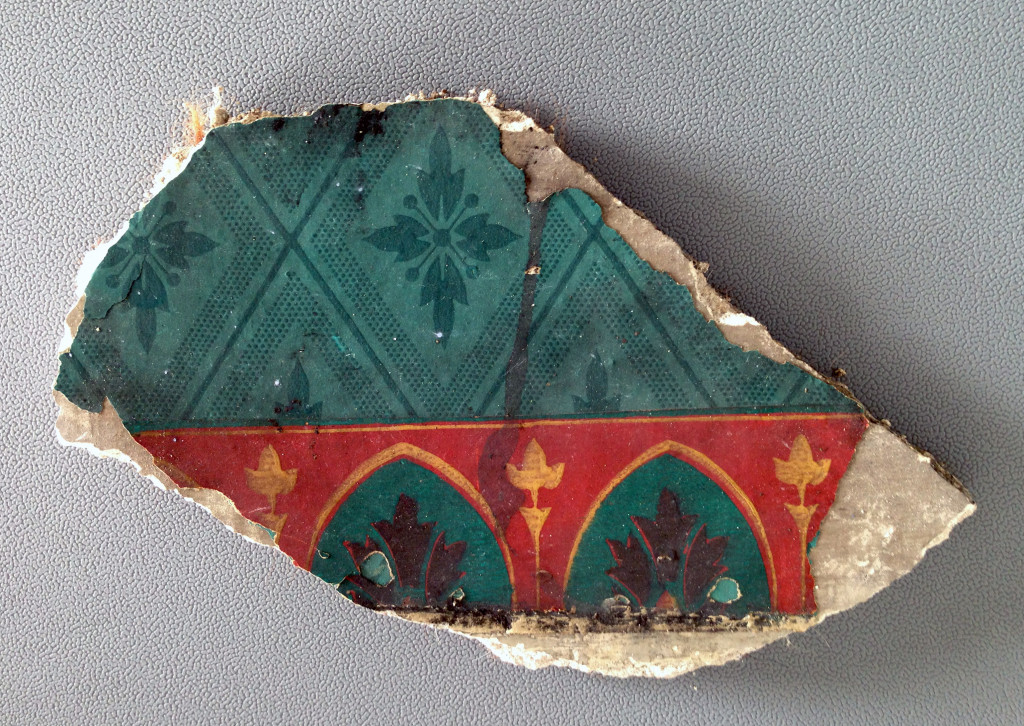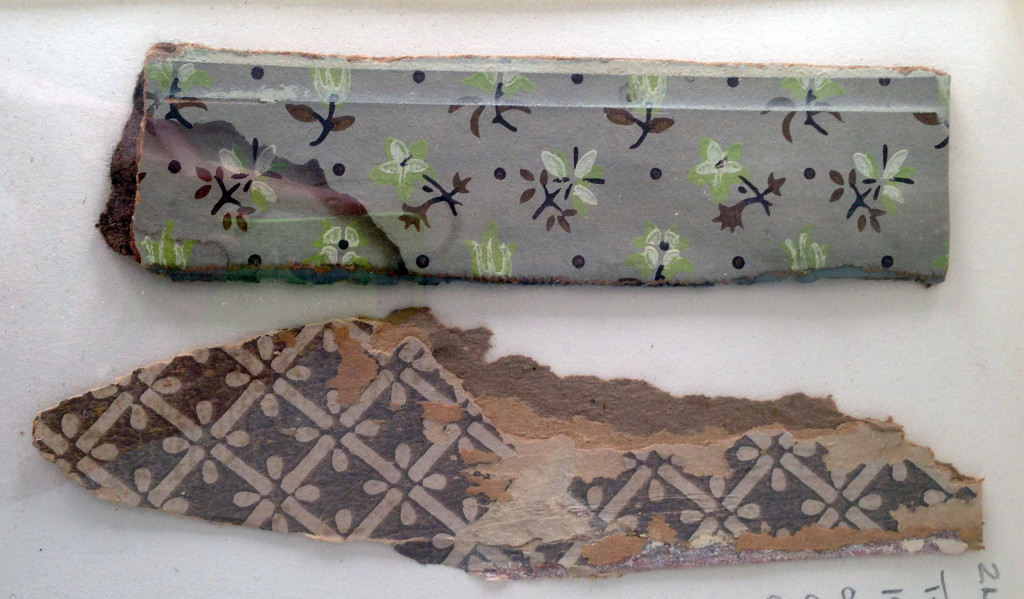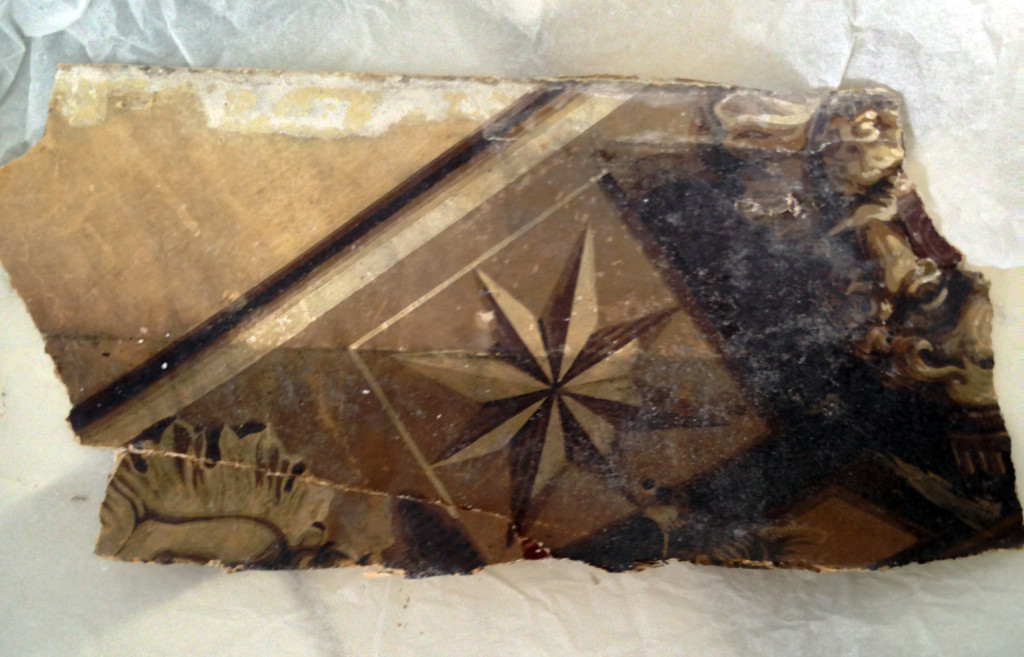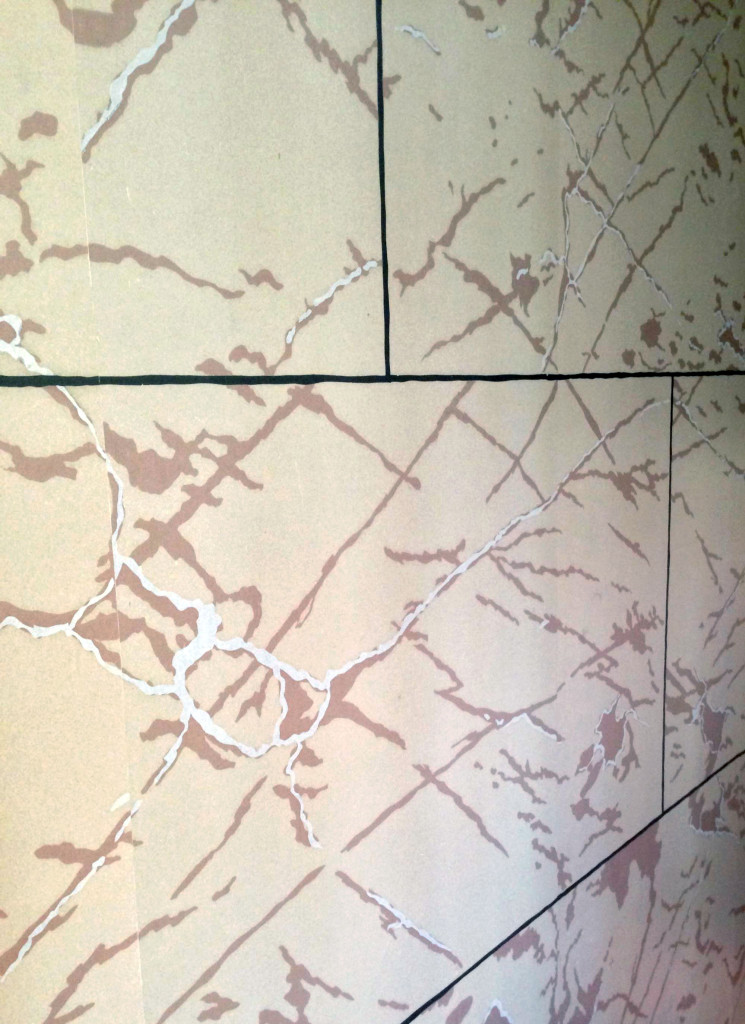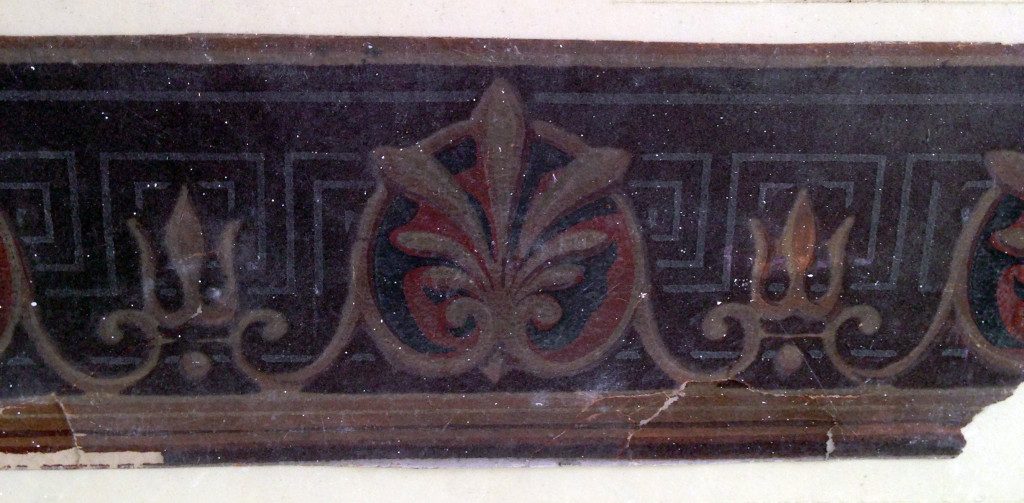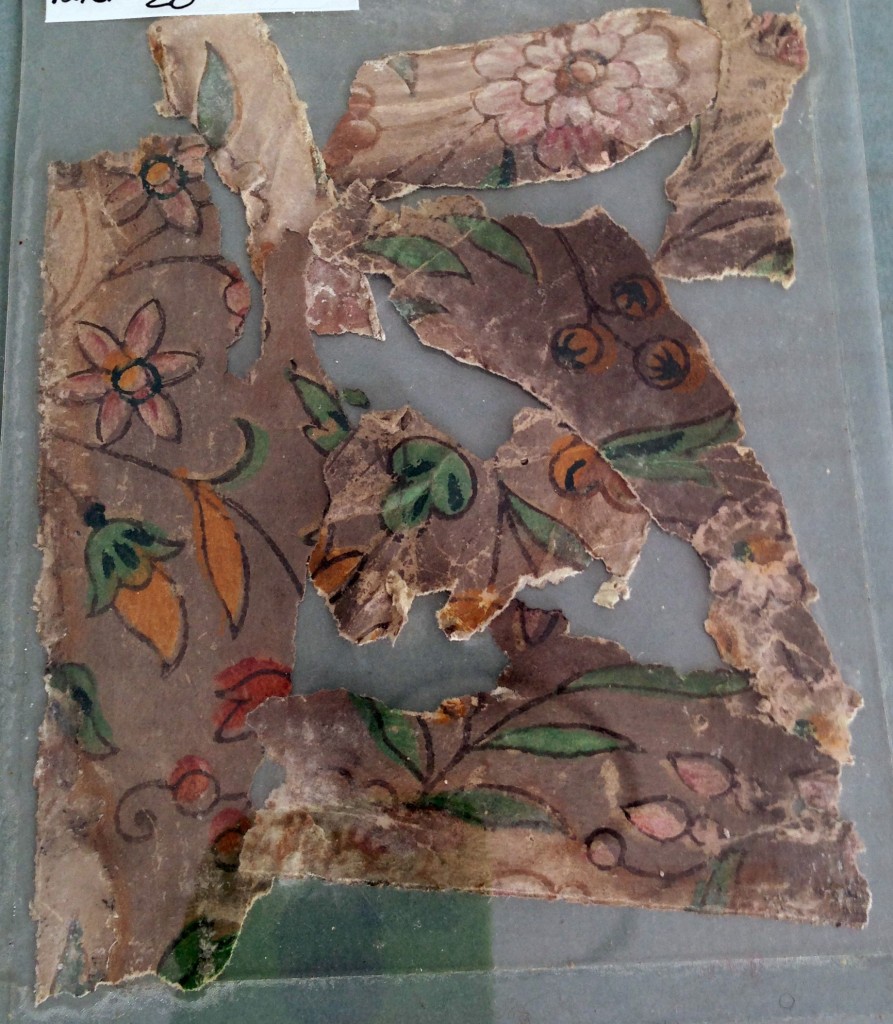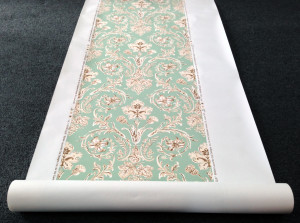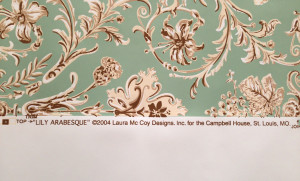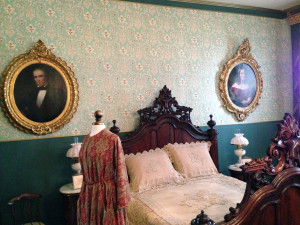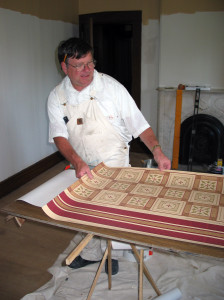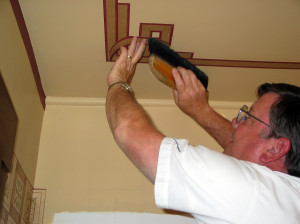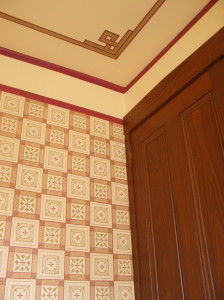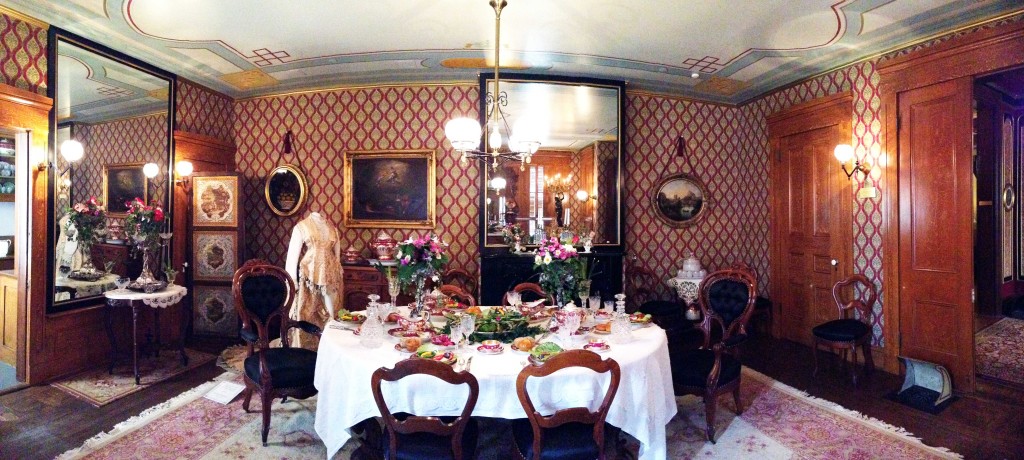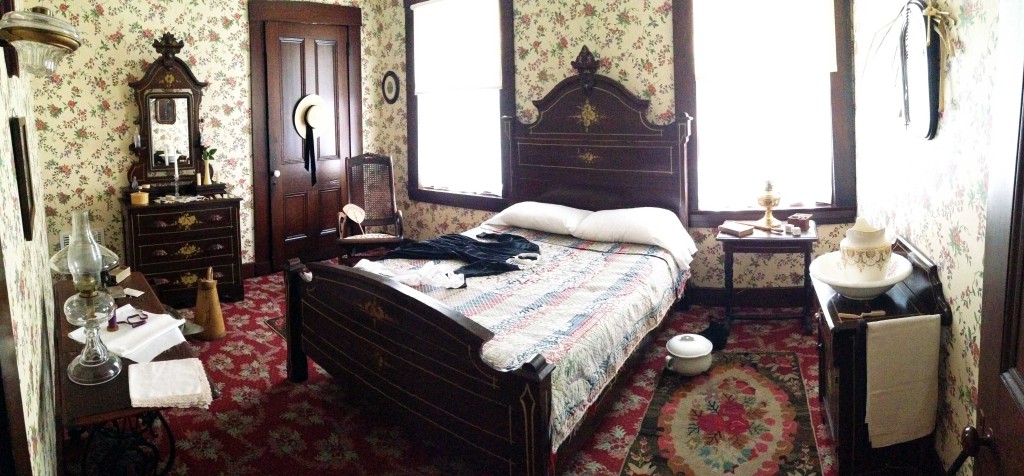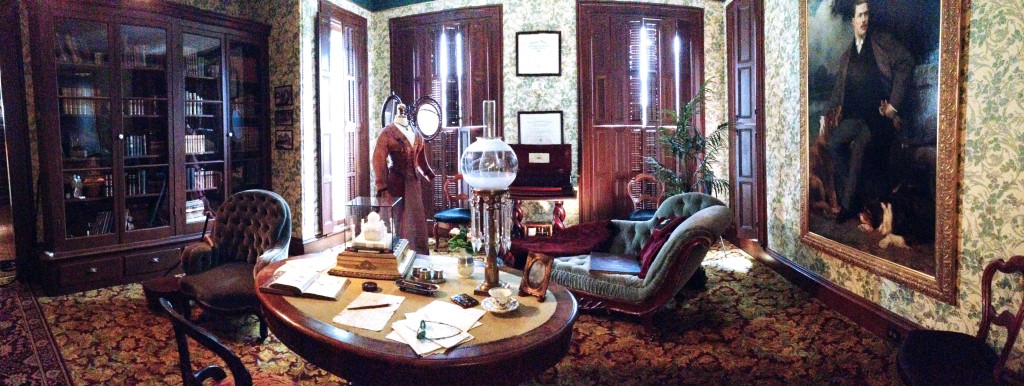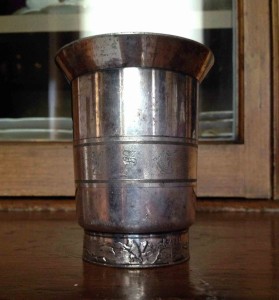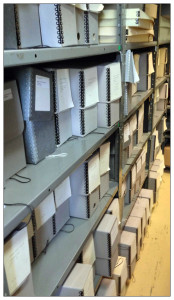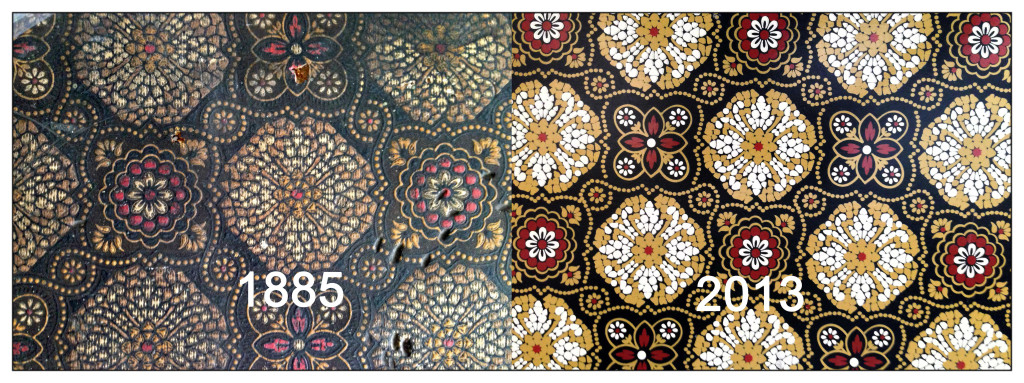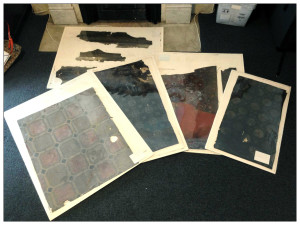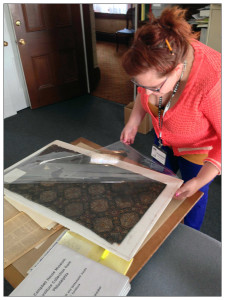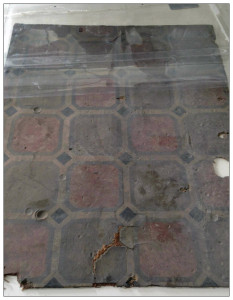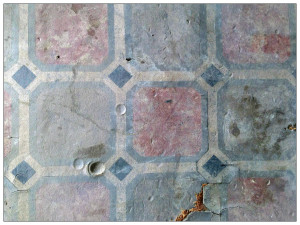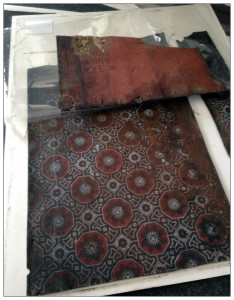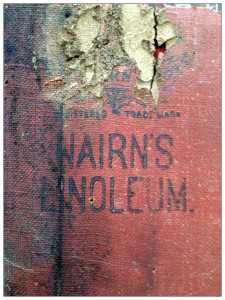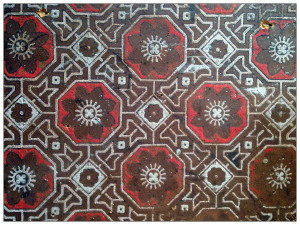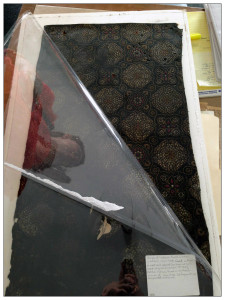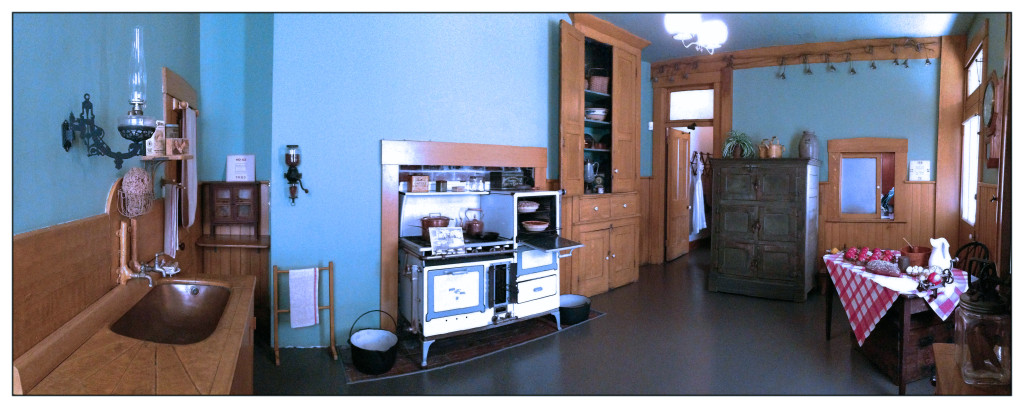Part of what makes Campbell House so unique is that the vast majority of everything you see when you go through the House is completely original. No fakes, MSGs or fillers. What you’re seeing belonged to the Campbells, was used by them on a daily basis, and is still calling CHM home more than 160 years later. But when it comes to Christmastime at the Campbell House, we’ve had to be a little bit creative.
 You see, though we would like to say that all of the beautiful ornamentation, luscious greenery, and Victorian frills found throughout the building is spot-on original as well… it’s not. In fact, we only have TWO original Campbell Christmas pieces in our collection. That’s not two sets of decorations or two boxes… it’s two. And there’s a pretty easy explanation for why this is.
You see, though we would like to say that all of the beautiful ornamentation, luscious greenery, and Victorian frills found throughout the building is spot-on original as well… it’s not. In fact, we only have TWO original Campbell Christmas pieces in our collection. That’s not two sets of decorations or two boxes… it’s two. And there’s a pretty easy explanation for why this is.
The Campbells, as we’re well aware, knew how to throw a party. Folks like President U.S. Grant, General William Tecumseh Sherman, James Eads, and Henry Shaw regularly supped here at the House, and Virginia even had the formal parlor doubled in size to accommodate the elaborate get-togethers. As you can imagine, their Christmas parties (and later, their son Hugh’s Christmas parties) would have been a grand affair, and the Campbells made sure their guests went home with gifts to remind them of the evening. But these weren’t specialty gift bags or neon t‑shirts with “Campbell Xmas Party 1854” emblazoned across the front. When you came to a Campbell Christmas party, you were allowed to take with you an ornament from their tree. And, as many guests came and went through the halls of this grand home, so too did the Christmas decorations. Kind of a neat tradition, right? Great for the guests, not so great for us here at CHM who would love to get our mitts on some of those ornaments in the present day.
So, when you come through Campbell House this holiday season (and we HIGHLY encourage you to do so), know that you’re looking at our best guess of what a Campbell Christmas might have looked like. Is it spot-on original? No. But it is quite the sight to behold. Holiday decorating takes the better part of a month to complete. It’s worth the effort.
Check out pictures below of the two remaining Campbell Christmas decorations in our collection. Also some pictures of how we deck our halls during the holiday season!
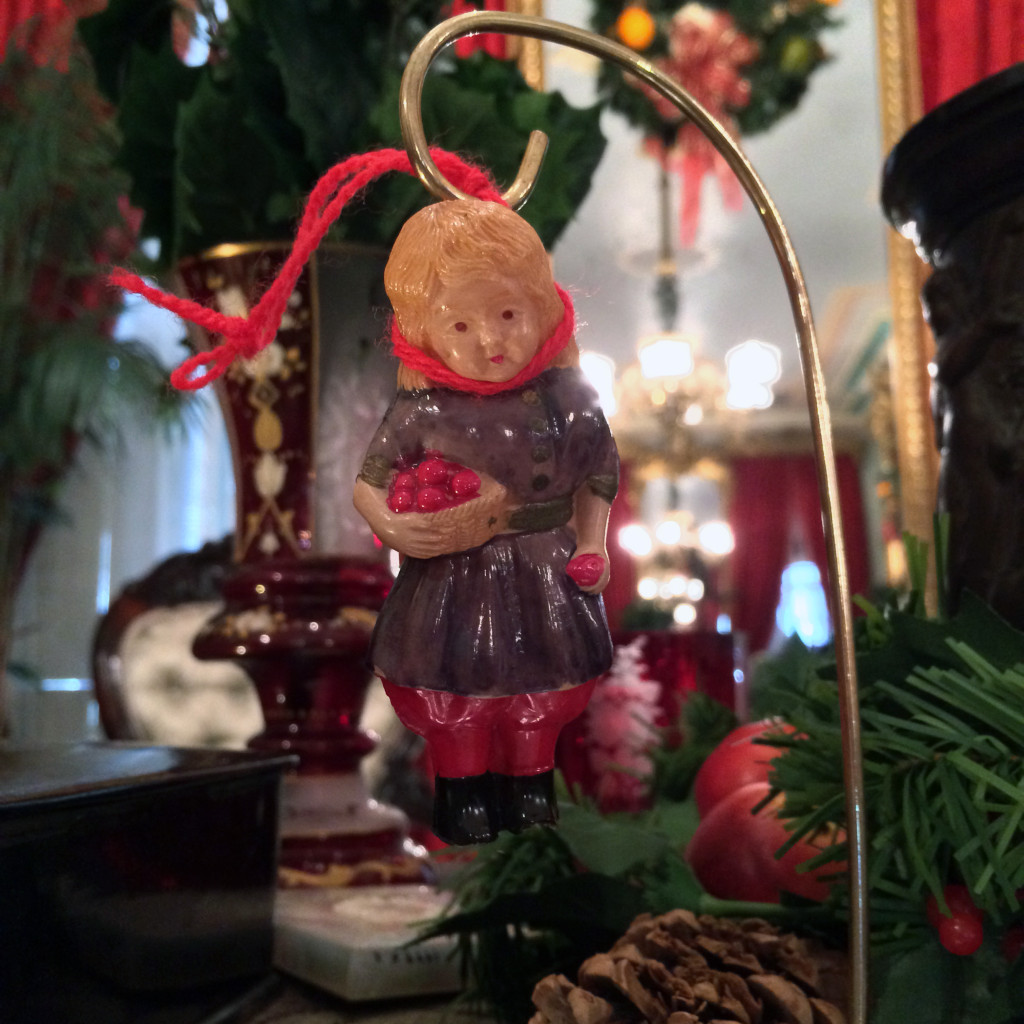
The only Campbell ornament remaining in the CHM collection. A small, celluloid (thin plastic-like material) piece depicting a young girl with a basket of apples. The ornament was taken off the Campbell Christmas tree and given to a young visitor in 1922.
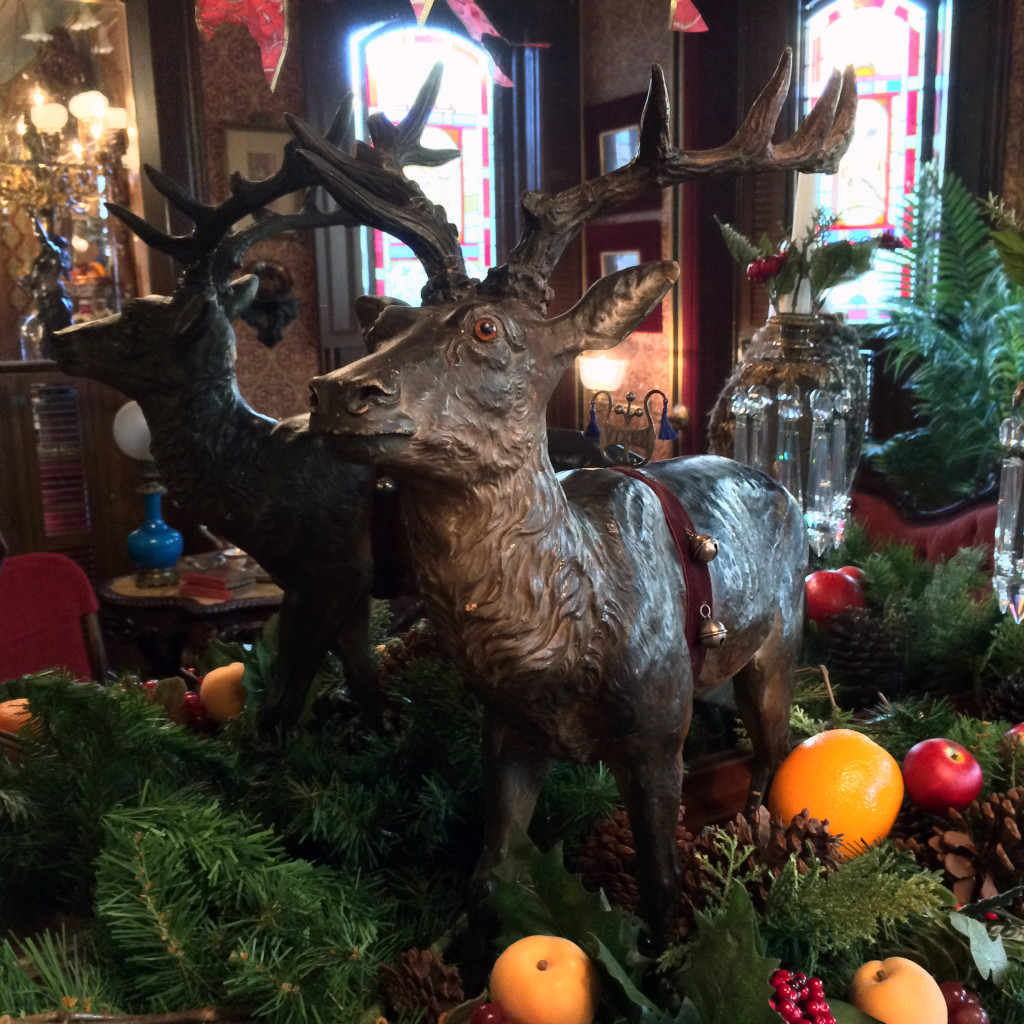
The only other Campbell Christmas piece still in our collection today, is this reindeer. Originally part of a full set of Santa’s eight reindeer that sat on the Campbells’ dining room table (see below), Vixen ended up with a different St. Louis family for more than 90 years before he was returned to Campbell House.
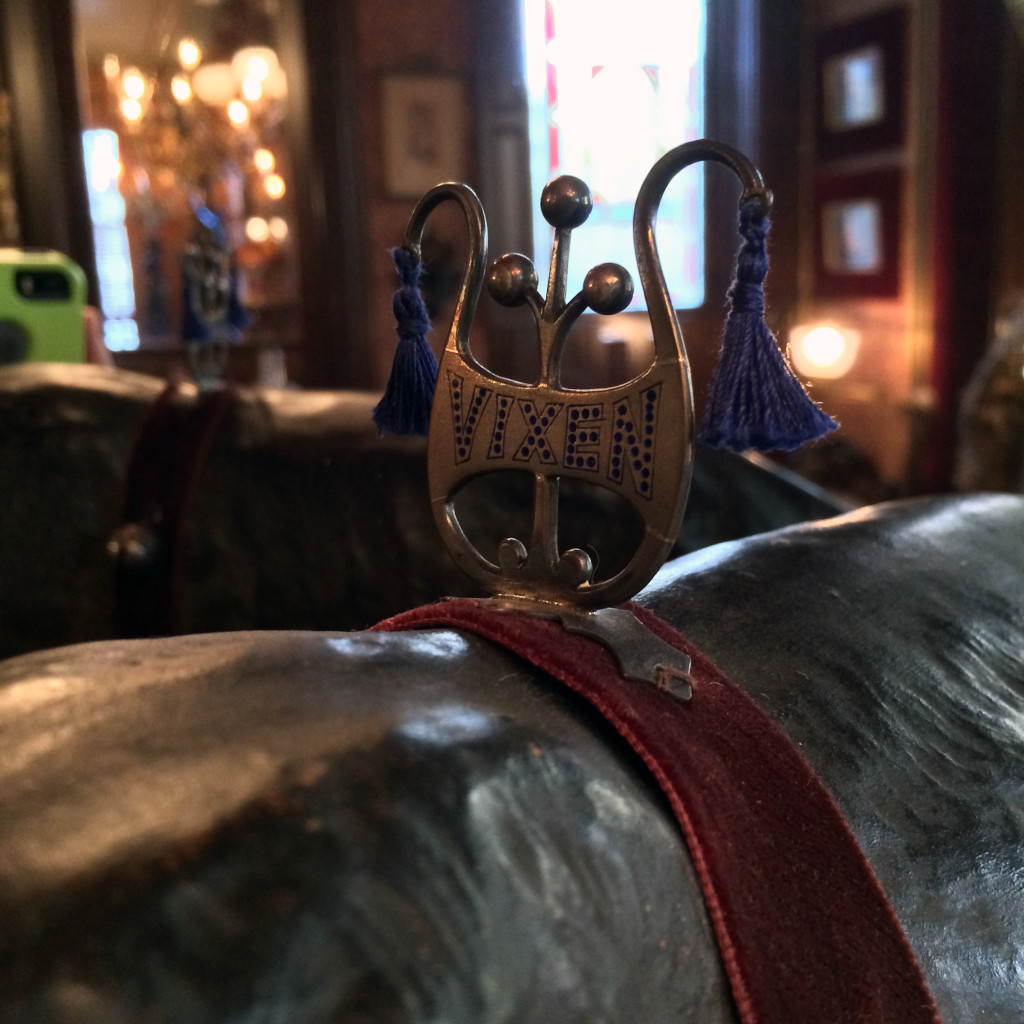
Sterling silver harp nameplate on the critter’s back identifying him as Vixen. Please disregard the neon green iPhone case.

